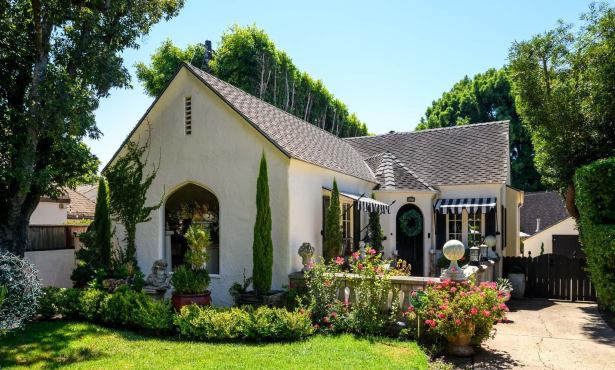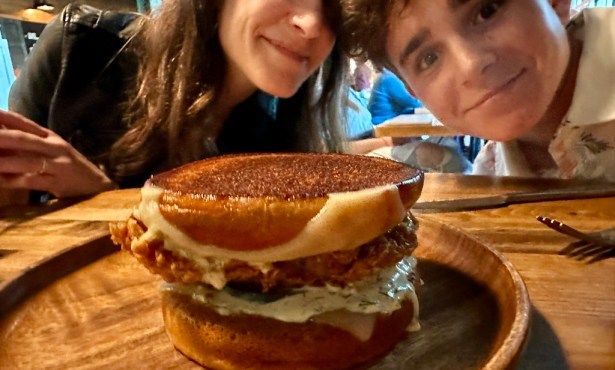Slow vs. Smart
Or, How a No-Growther Learned to Love In-Fill Housing
I used to be slow, but I’m getting smarter. About growth management, at least.
To me, Santa Barbara is the Big City — I moved here 15 years ago from wooded, sprawling rural western Massachusetts and knew I was getting good climate in exchange for a more uncomfortably urban life. As someone who would prefer not to be able to see, hear, or smell a neighbor, it was a sacrifice — one justified by nearly perfect weather and the whole “another s***ty day in paradise” lifestyle. I have no desire to see Santa Barbara become any more urbanized than it already is. Up until recently, that made me a Slow, even a No, Growther where planning and development are concerned.

But here’s the thing: Until and unless our population stops growing (see below for more on that), we have to put people somewhere — and we have to be environmentally responsible about doing it. And that means we need to acknowledge the need to provide affordable housing for people who work here and make our s***ty-day-in-paradise lives possible.
Santa Barbara is a great little city because we have more than just kick-ass weather and great beaches: We have restaurants, movie theaters, retail shops, museums, parks, all the things that make living here — fun. Those places need workers, though, and until such time as businesses and local government decide to pay waiters, ticket takers, and store clerks a hell of a lot more, those workers are living out of town and driving in. Hip, young, single folks might find a somewhat affordable studio apartment, or room in a boarding house, but the people I know who commute are married, with kids, pets, and the need for more than a couple hundred square feet of cramped living space.
I talked to one woman recently who was dismissive of the need for affordable workforce housing. From the comfort of her huge Victorian home near the Mission, she told me that it was just too bad if people can’t find affordable housing and have to commute 80 to 100 miles round-trip daily to fill the jobs that let her go out to dinner, see a play, or walk in a clean, well-groomed city park. Better that than change the way the city is now.
Okay, yes, I too don’t want to see downtown Santa Barbara getting cluttered up. But we all need to be able to breathe clean air — the air we had when I moved here, which now looks like a brown smoggy smear on the horizon. We need a climate without rising temperatures leading to catastrophic “climate events” like the drought-driven fires that could burn Santa Barbara to a crisp. (That would take care of the housing problem, I suppose, as there’d be no city to live or work in.) We need to be smarter about how we manage growth than to just stubbornly stay slow.
A more thoughtful critic of smart growth, writing in the Letters section a few weeks ago, pointed to the issue of urban density and sustainability. He bemoaned the impossibility of a community feeding itself if we allow more in-fill housing. But let’s be realistic: We are already too crowded and urbanized to produce local food downtown to feed the current residents there. More affordable housing units aren’t going to change that. Localized food production has to take place on nearby farms to feed the people we have now and could expand to accommodate the localized work force that could live near where they work, keeping our roads emptier and our skies cleaner.
What never seems to come up in the slow vs. smart debate is the real word at issue: growth itself. Earth’s population is supposed to reach seven billion by the end of the month. Seriously, do we really need this many people on the planet?
One of the most environmentally responsible things you can do is not to have children. Yet I have never heard a slow-growth advocate propose this as a way to manage the issue. If we want Santa Barbara to stay small and cozy and charming, we need to stop making the babies that will grow up to need the housing that state mandates will then impose on us and that we will then have to decide how to distribute with environmentally proper planning.
That’s the best way I can think of to be smart and slow about growth at the same time.



